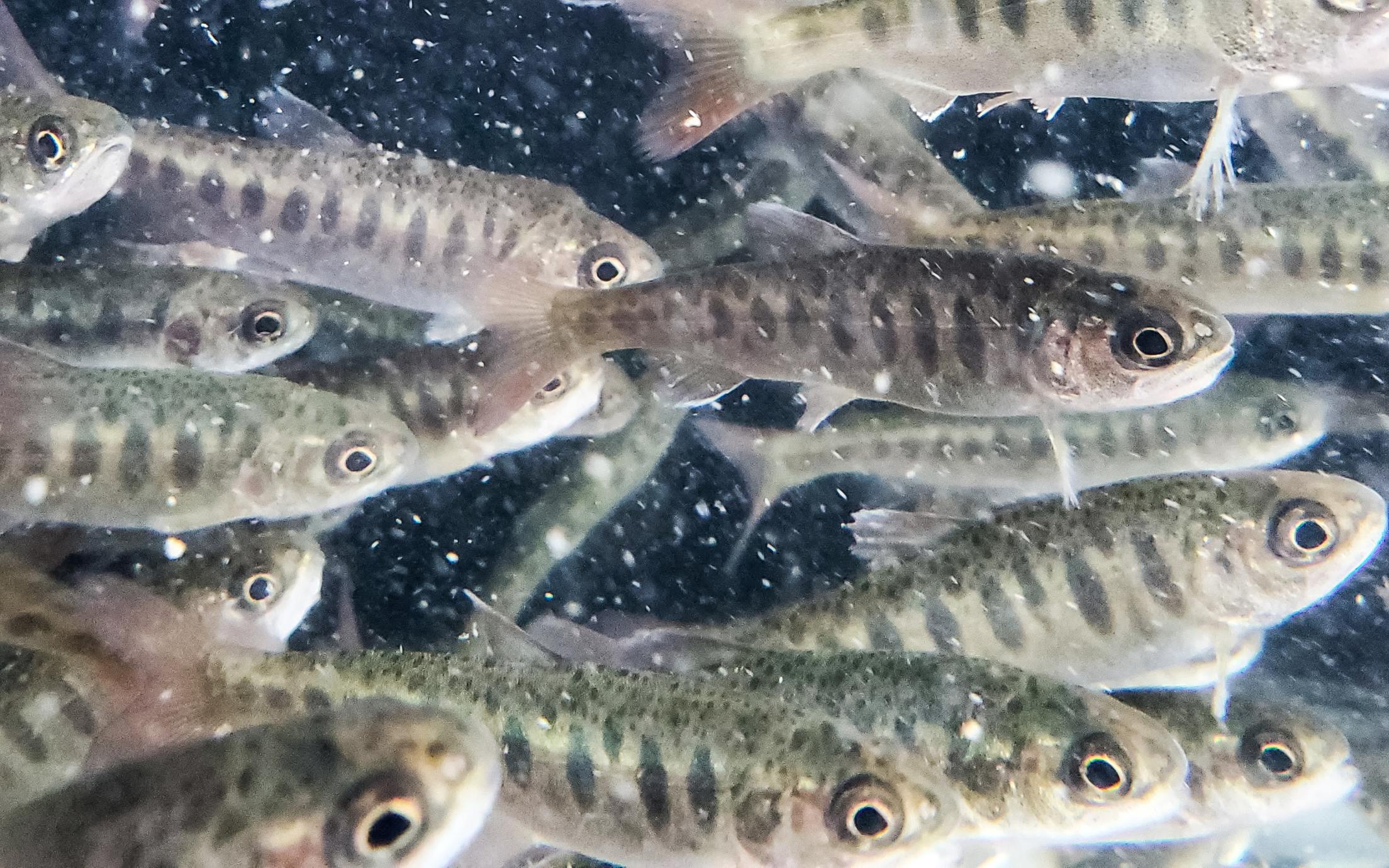The role of thermal acclimation on resilience to warming oceanic environments in different families of Pacific Oyster
Collaboration between Dan Baker, Tim Green, CFI and the BC Shellfish Growers association.
Overview
Climate change is one of the biggest threats to shellfish populations and sustainable shellfish farming in Canada. In British Columbia, ocean warming caused by climate change is recognized as a key threat to production of shellfish for aquaculture purposes. Oceanic warming is particularly threatening, as a warmer marine environment not only has additional risk factors, such as increasing the frequency of hypoxic conditions and greater prevalence of viruses and bacteria, but this warming in ectotherms can have a number of downstream consequences, such as reduced metabolic scope and increased susceptibility to disease. Consequently warming is the most potentially destructive factor when considering using the ocean for aquaculture production. In BC, the Pacific oyster, Crassostrea gigas is an important aquaculture species (approximately $14 million dollars in landed values in BC in 2017), but it is exhibiting extreme sensitivity to changing conditions in local farm sites, despite being known to have a broad thermal range and a well-documented history of culture. Consequently, the industry may be at a crossroads for continued investment, and thus any gains that can be applied to production – such as increased survival by promoting thermal resilience – may be critical to development of the industry.
The objective of this applied shellfish research project is to investigate potential strategies for priming oysters to increase resilience to warming episodes and associated challenges, through manipulation of their thermal regime. By investigating responses of immature oysters to physiological challenge (such as thermal tolerance and standard metabolic rate) and assessing preventative and protective responses (such as heat shock protein, or HSPs, up-regulation and other immune response measures) following a variety of thermal regimes, we hope to illuminate the possibility of using thermal history to increase survival at farm sites. Overall, this work will illustrate how climate change may be impacting organismal performance, and how anthropogenically induced phenotypic plasticity may be a potential solution to challenging conditions. This research may help support a thriving coastal aquaculture industry which so many British Columbians and First Nations depend on. This project will engage students, the public, and industry together on a topic that is closely associated with the greatest environmental challenge of our generation, our changing planetary climate.
Effects of temperature, density and feeding rate on growth rates of 0+ and 1+ white sturgeon reared at VIU
Dan Baker and Barry Milligan
Vancouver Island University has been rearing white sturgeon since the early eighties, and some of the key figures involved in this practice have been working with the same brood stock for almost 30 years. Over this time, protocols, systems and equipment has changed dramatically. However, a quantitative examination of how these changes have altered (or not altered) general metrics of growth over this time has yet to be produced, despite excellent records being kept of growth, feeding rates, mortalities and environmental conditions (such as temperature and oxygen levels). In particular, aspects of early growth and survival in white sturgeon, like optimization of feeding and thermal coefficients – of great interest to the aquaculture industry – after the start of exogenous feeding and until the fish reach harvest size of about 1kg remain uncharacterized for this population (Lower Fraser River stock) in captivity.
Using data collected from the last 25 years, we aim to calculate growth rates for these white sturgeon at different sizes, and examine how temperature, densities, and feeding rates influence those rates. From these calculations, we will determine what practices optimize the growth and survival of white sturgeon based on our past and current practices. In addition, because of our knowledge of stock parentage and the few crosses created each year, we will describe any trends that could be attributed to specific females or males.
